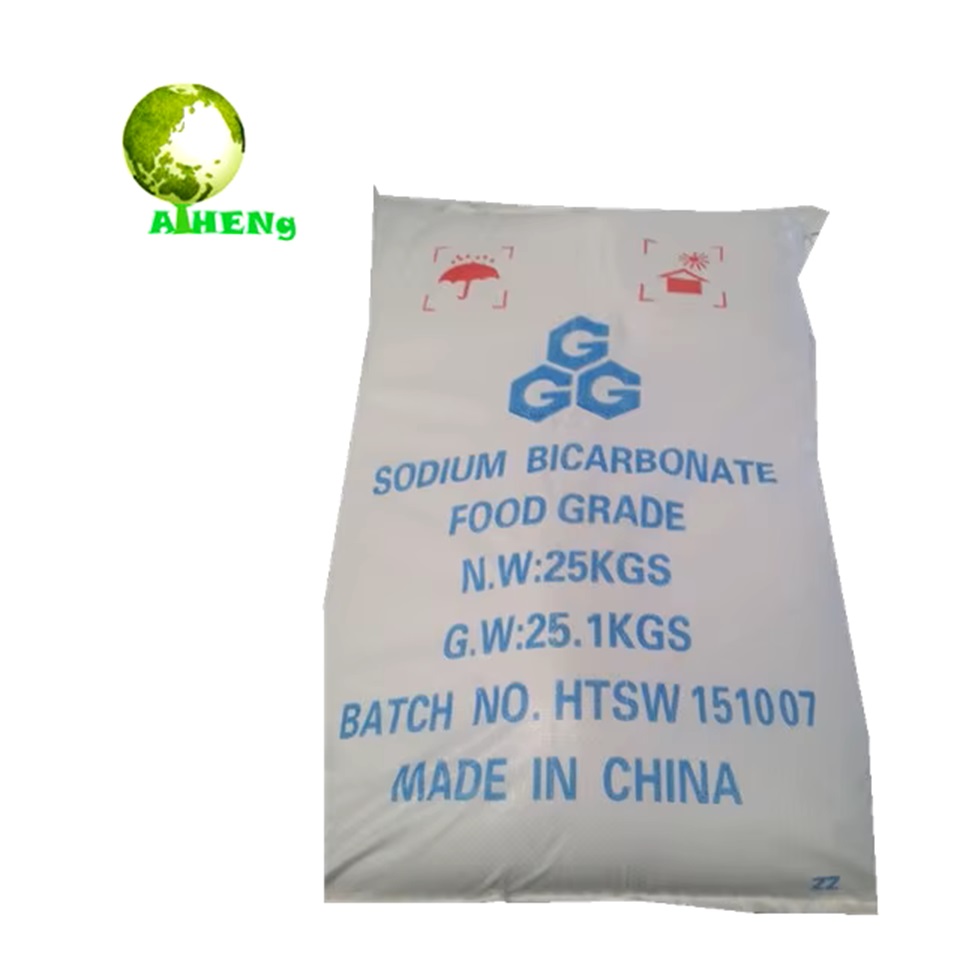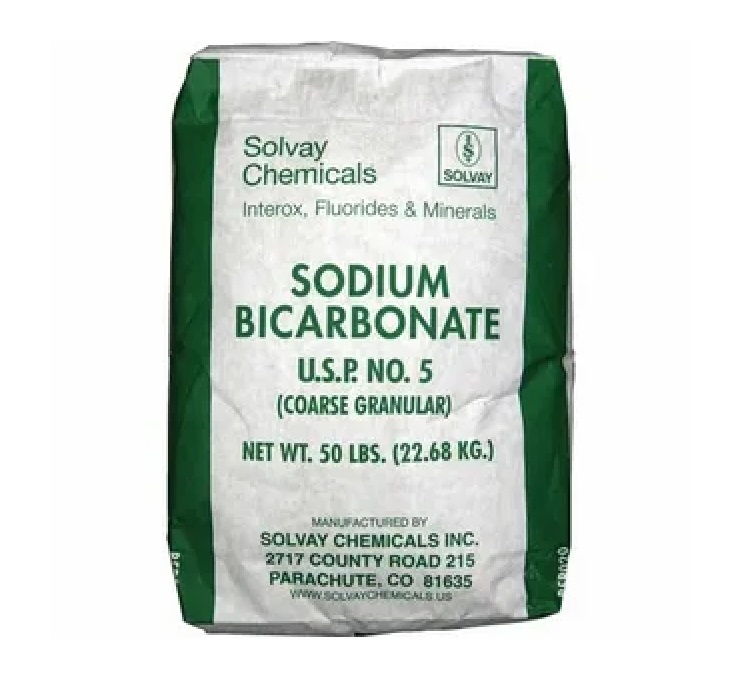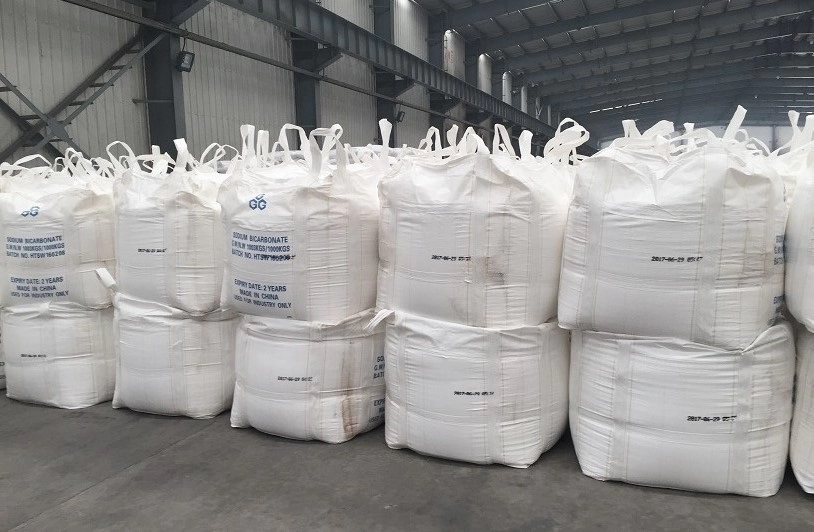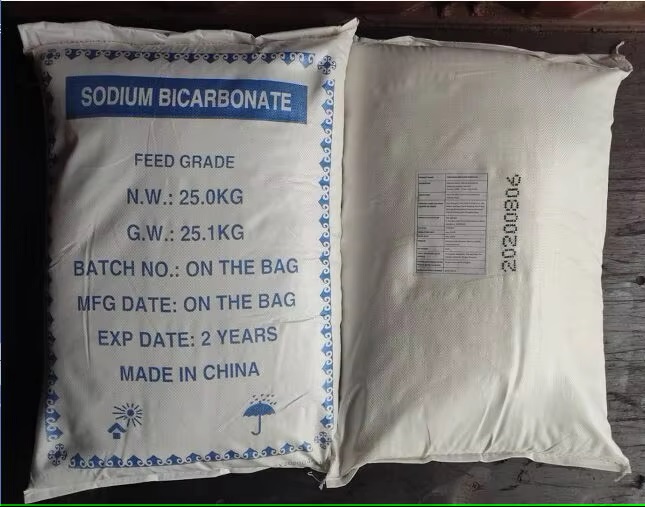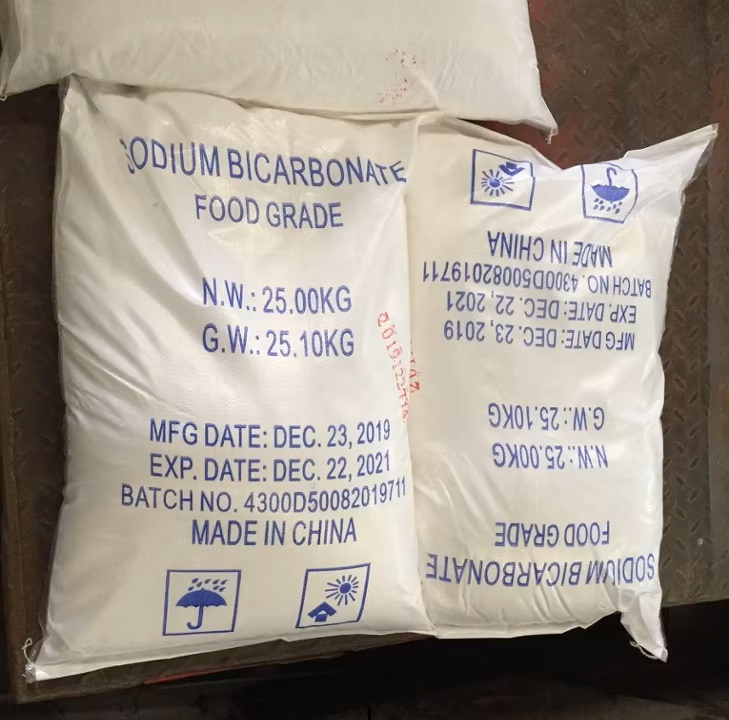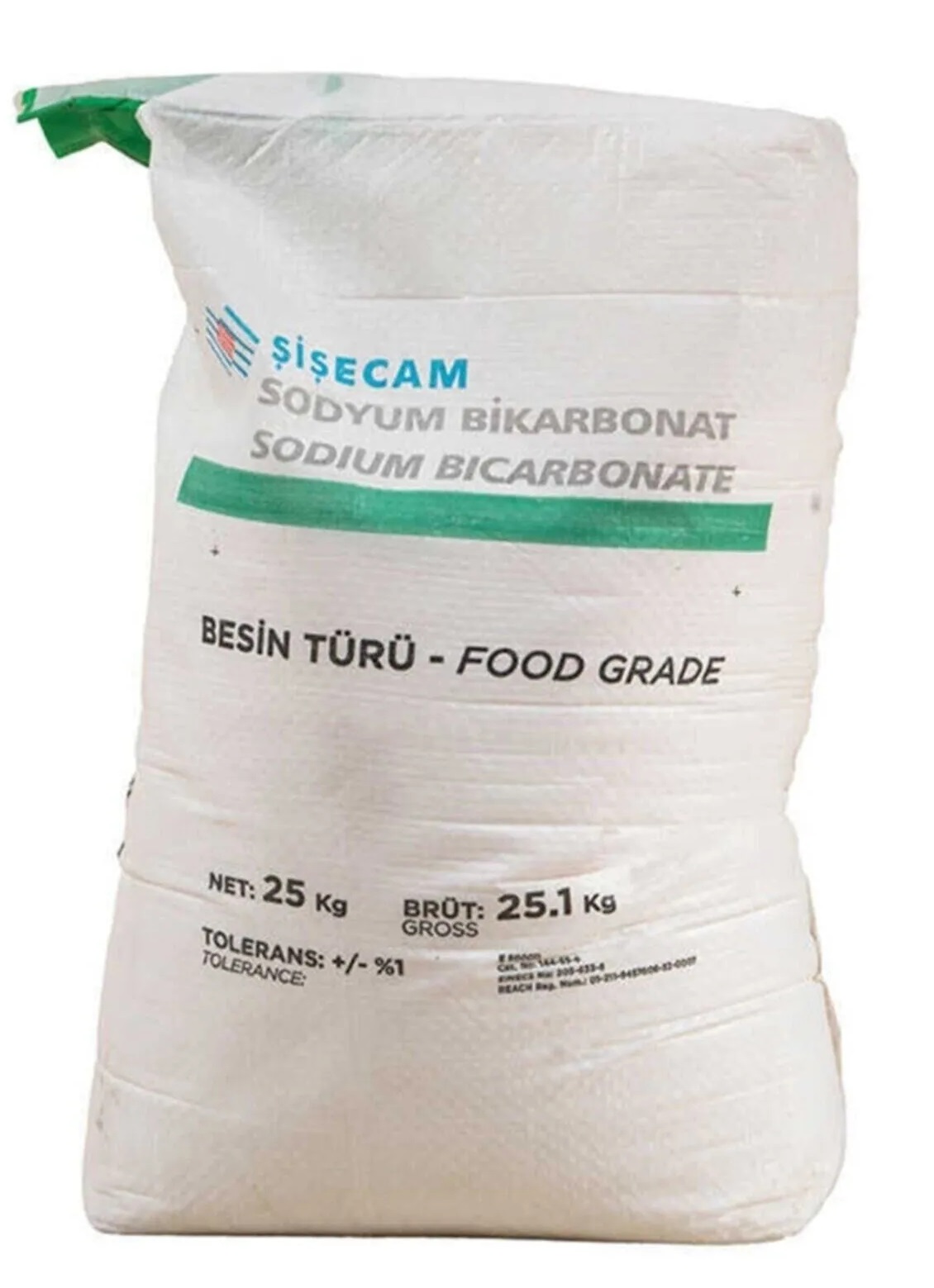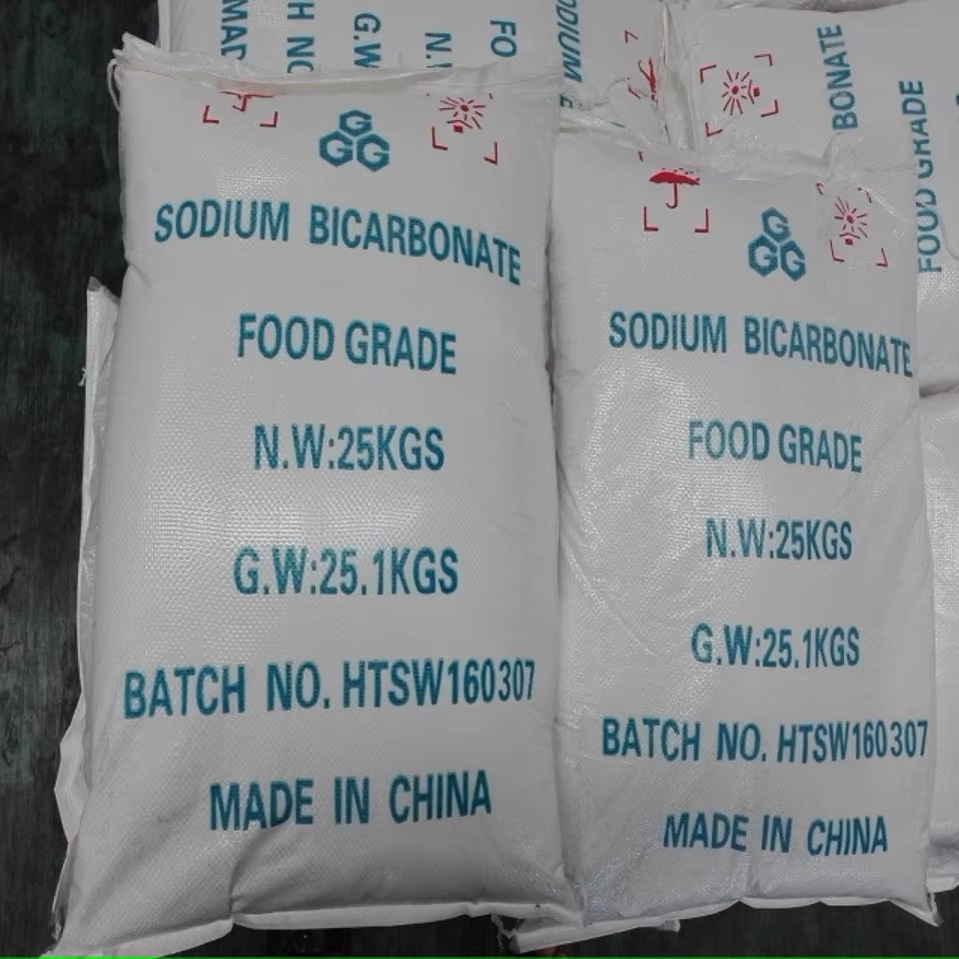We unleash your business potential by maximize the business innovation.
Send EmailE500, Sodium Bicarbonate, Baking Soda, Monosodium Hydrogen Carbonate, Sodium Hydrocarbonate, 144-55-8
Molecular Formula (Sodium Bicarbonate): NaHCO3
Molecular Weight: 84.01 g/mol
Chemical Name: Sodium Hydrogen Carbonate
CAS Number: 144-55-8
Sodium Bicarbonate is the monosodium salt of carbonic acid, which has the ability to provide alkaline properties and has electrolyte changing properties.
As a result of its dissociation, Sodium (Na+) and Bicarbonate (HCO3–) ions are formed. As a result of ion formation, plasma bicarbonate increases and the excess Hydrogen has a buffering feature for the ion concentration. This increases the pH of the blood.
It is also known as baking soda.
Other Names of Sodium Bicarbonate are as follows;
Sodium Hydrogen Carbonate
Soda
144-55-8
Baking Soda
Sodium Acid Carbonate
Carbonic Acid Monosodium Salt
Sodium Hydrocarbonate
Monosodium Hydrogen Carbonate
NaHCO3
Soda, Baking
How is it Produced?
Sodium Bicarbonate production is obtained chemically from sodium carbonate or Sodium Chloride and Carbon Dioxide.
It is produced by carbonation of refined soda ash saturated solution.
In the reaction process, Ammonia is produced by the soda process. After this process, carbon dioxide is passed into the common salt solution in ammonia water. It is precipitated in the next stage. And the Ammonium Chloride solution is heated with lime. In this way, ammonia is regenerated and returned to the process.
It is produced for 3 classes of use:
Food Grade Bicarbonate
Technical Grade Bicarbonate
Food Grade Bicarbonate
Physical and Chemical Properties:
Physically, it is odorless, slightly bitter (Alkaline) in taste. It is in white crystalline powder form in appearance.
Sodium Bicarbonate has an average pH of around 8.3. The factors affecting the pH value depend on the values of the chemicals used in production.
The melting point is around 50 ° C.
Its solubility is 100 gr in 1 Lt of water at 25 ° C.
Its density is 2.1 gr/cm3.
It is soluble in water. It is insoluble in ethanol.
It is stable in dry air. However, it tends to decompose slowly in humid environments.
The Effect of Sodium Bicarbonate on Respiratory Pathogens
It is determined that microbes grow in a certain pH range. In case of a change in the pH level in the environment, pathogens may show different effects.
Lung infections are caused by bacteria, fungi, viruses and parasites. All known microbes require a certain pH range. Many factors such as enzyme activity, reaction rate, protein stability and structure of nucleic acids affect biological action.
Sodium Bicarbonate is frequently used in ventilators, circulatory support and cardiopulmonary resuscitation after the formation of hyperkalemia.
The use of bicarbonate in this area reduces the effects of metabolic alkalosis, pulmonary edema, congestive heart failure hyprosmolar syndrome, hypervolemia and hypertension.
As a result, it is determined that pathogens are significantly inhibited when used in this area.
How is Sodium Bicarbonate Used for Sulfur Removal in Flue Gases?
Bicarbonate is used as a dry additive injection for Sulfur Removal in Flue Gases. Coal-fired steam power plants are potential places for the application of this system.
The reaction of Sodium Bicarbonate with SO2 turns into Sulfate at 650 °F. The duration of exposure to SO2 is an important factor for the conversion of sulfate at temperatures above 550 ° F.
It has been determined that the particle size of the chemical is not very important in the reaction of SO2 removal with Sodium Bicarbonate.
How is Sodium Bicarbonate Used in Effervescent Tablets?
Oral dosage delivery methods with effervescent tablets are the most preferred methods in the pharmaceutical sector. Disadvantages of effervescent tablets, such as slow absorption, make it difficult to absorb the drug.
In order for effervescent tablets to have good functionality, they must dissolve and disperse well in water. They must release carbon dioxide when dissolved in water.
A reaction related to the use of Sodium Bicarbonate in effervescent tablets is as follows;
C6H8O7(aq) + 3NaHCO3(aq) 》Na3C6H5O7 (aq) + 4H2O + 3CO2 (g)
Even a very small amount of water in the environment has a catalyst effect in this reaction. The presence of water ensures that this reaction takes place. Therefore, in effervescent tablets using sodium bicarbonate, the contact with water must be cut off very well and production must be ensured.
Areas of Use:
It is an inorganic salt used as a buffering agent and pH adjuster.
It is used with many chemical compounds in acne treatment. Its interaction with an active substance such as Salicylic Acid is important.
It is used with Sodium Carbonate to make a buffer solution with high stability. This buffer solution is valid for enzyme studies in phenolic esters of phosphoric acid.
Sodium Bicarbonate is used in the production of skin smoothing powders due to its neutralizing properties.
It is used in the food sector to add better volume to baked goods and to release expanding carbon dioxide due to its sensitive eating feature.
It is used to form carbonate in dry mix beverages.
It is the main chemical component used in the production of baking powder.
It is used in the production of many sodium salts. So we can deduce the following from here. In fact, many sodium salts are produced with bicarbonate. Therefore, it is a very important chemical.
It is used in the production of odor absorbing products. It can also be used as a cleaning agent.
It is used as an acidity regulator in the production of animal feeds. Here, it contributes to production by stabilizing the pH between 6.0-6.8.
Thanks to the use of Sodium Bicarbonate in the production of animal feed, it increases the feeding efficiency of animals.
Corrosion occurs in some batteries. Sodium Bicarbonate is used to clean the rust formed on the terminals and connections of batteries and to polish these connection points and terminals and to eliminate rust.
The acid neutralization effect of bicarbonate is used in the pharmaceutical sector. It provides potential bonding and cleaning properties with other chemicals.
It is used in the production of effervescent tablets with different properties.
It is used in the production of toothpaste. In this application, it is processed as a leavening agent.
It is used in the production of stable effervescent tablets thanks to its ability to absorb moisture.
It is used in the production of some pesticides.
It is used in the production of drugs together with Sodium Alginate to treat people with ailments such as heartburn (reflux).
